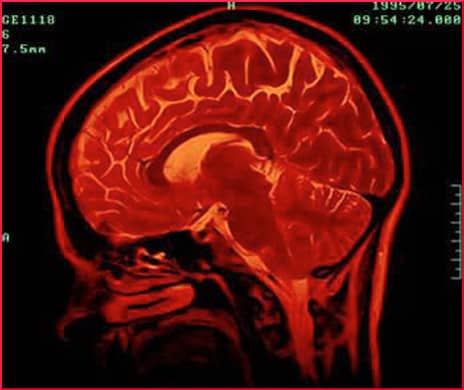
Having asked the question, “Leaky Gut Syndrome — Is It a Thing?” we also ask, why is it a thing now? Probably because we keep hearing about it from many different directions and in varying contexts. For instance, it is known that LGS aids and abets Candida, which can ruin a person’s life.
One reason why LGS is currently in the public consciousness: because there didn’t used to be so much of it, and now there is more than ever before. People see connections with other phenomena that have also multiplied. There is a relationship between the now-ubiquitous inclusion of high fructose corn syrup in food, and the obesity epidemic, and there is a relationship between HFCS and leaky gut syndrome. If nobody has proven it yet, evidence apparently does lean in that direction.
Mold
Dr. Rick Sponaugle’s specialty is environmental medicine, and he speaks of the “toxicity syndrome” that encompasses food allergies and leaky gut syndrome. He is largely concerned with how the toxic environment affects the brain, and finds one of the biggest toxic sources to be mold.
Others are the 80,000 synthetic chemicals that American laboratories have produced in the past century or so, many of which we ingest, inhale, or otherwise come into contact with. Most of them are lipophilic, meaning they have an affinity for fat cells, which is what we are basically made of. He writes:
Every cell in our body has a fatty membrane, kind of like the outer shell of each cell… Industrial toxins… being lipophilic or fatty in nature, freely move through the fatty membranes of the body’s cells migrating to and depositing in the fattiest body tissue.
Since the brain is 60% fat, environmental toxins tend to migrate to and settle in it, blocking the ability of neurotransmitters to do their job. The myelin sheath, which serves as insulation for nerves, is 80% fatty and so very susceptible to having toxic molecules glom onto it. What other body part has a lot of nerves, all wearing toxin-attracting overcoats? The gut, which is also becoming known as the “second brain.”
Scientific American says:
There are hundreds of million of neurons connecting the brain to the enteric nervous system, the part of the nervous system that is tasked with controlling the gastrointestinal system… The network of neurons in the gut is as plentiful and complex as the network of neurons in our spinal cord…
Now, back to Dr. Sponaugle:
The intestinal lining is extremely sensitive to toxicity, and excessive toxicity causes malabsorption and multiple nutritional deficiencies… All the fatty toxins, including pesticides, destroy the intestinal lining, but the most damaging toxin I have seen to the intestinal mucosa is the trichothecene T2 toxin produced by the black mold Stachybotrys…
Another researcher investigating the same area is microbiologist Sarkis Mazmanian of CalTech, who finds that…
[…] microbes don’t just affect the permeability of the barrier around the brain but also influence the intestinal lining, which normally prevents certain bacteria from leaking out and others from getting in. When the intestinal barrier was compromised in his model, normally “beneficial” bacteria and the toxins they produce seeped into the bloodstream and raised the possibility they could slip past the blood-brain barrier.
The thought here is that particles of undesirable matter escape from the intestines into the bloodstream where they don’t belong, and where they are free to damage numerous bodily systems — the same systems that are also involved, in various ways, with causing obesity. That they do escape is undeniable, so their presence probably needs to be addressed.
Your responses and feedback are welcome!
Source: “Mold, Toxins, and Chemicals: What Are They Doing to Us and What Can We Do About Them?,” SuzanneSomers.com, undated
Source: “Gut Feelings — the ‘Second Brain’ in Our Gastrointestinal Systems,” ScientificAmerican, 05/01/16
Source: “Can the Bacteria in Your Gut Explain Your Mood?,” NYTimes.com, 06/23/15
Photo credit: Patrick Denker via VisualHunt.com/CC BY

 FAQs and Media Requests:
FAQs and Media Requests: 











